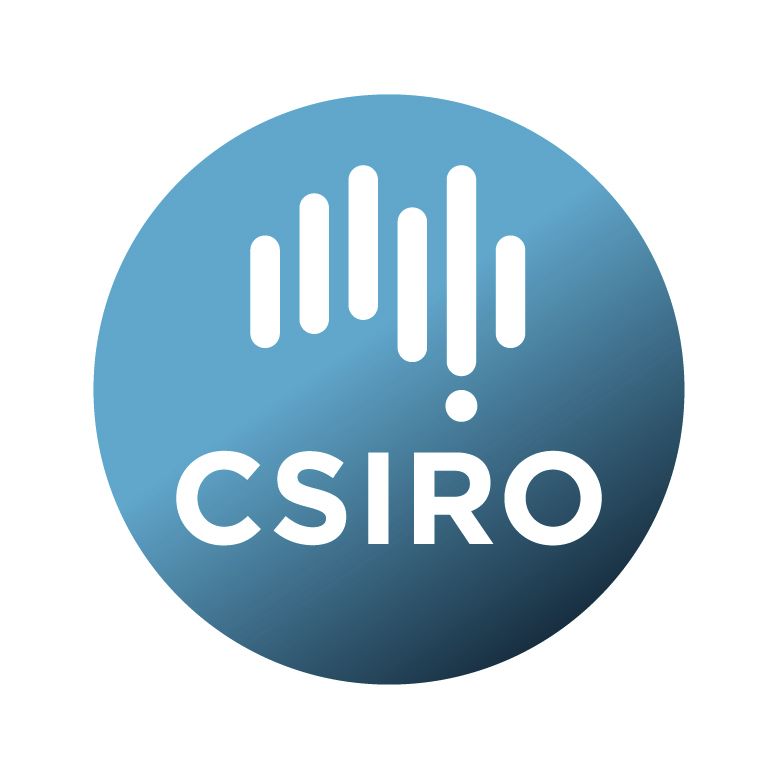Brief description
The Capricorn hydrogeochemistry study builds on previous work in the Yilgarn Craton, creating a seamless dataset that covers much of Western Australia. This study has developed a provisional review of the mineral prospectivity of the region using groundwater geochemistry, defining areas of interest requiring further investigation.In the Capricorn Orogen, groundwater samples were collected from 1035 wells and bores, in most cases the water table was within 20 m of the surface. Samples were also taken from known mineral deposits to provide examples of the geochemical signature associated with mineralisation in the region. Field measurements included pH, Eh, EC and temperature. Separate field prepared sub-samples were collected for cation, anion, alkalinity, and Au/PGE analysis. Robust statistical methods were applied to combine bailed and flowing samples using a derived contamination factor that is tailored to the individual measured parameters. Rescaling normal or log-normal data and the creation of indices for lithology discrimination, Au, U and sulfide mineralisation improved the utility of hydrogeochemical data. All samples were analysed for δ18O, δ2H and selected samples were analysed for δ34S and associated δ18O from SO42.
A number of different parameters can be used to indicate rock types from hydrogeochemical data even when there is deep weathering or transported cover. Higher dissolved concentrations of elements can indicate mafic (Cr, V) or granitic (U, F) rocks and ratios between elements (e.g. K excess, relative to Rb) can differentiate between granitic and sedimentary terrains. These determinations are improved by multi-element indices.
The work tests the utility of previously derived mineral exploration indices, and has resulted in the creation of new indices designed for the geology of the Capricorn Orogen. Hydrogeochemical exploration for Au using Au, Ag, As and combined element indices such as AuMin was able to delineate areas of known mineralisation and target new areas of interest. The FeS index developed in the north Yilgarn Craton did not prove to be very effective in the Capricorn Orogen, but the AcidS index has anomalism linked to most of the known deposits and provides new areas of interest. There are several areas in the Capricorn Orogen that have U concentrations greater than those in close proximity to known deposits in the north Yilgarn. Spatially, the carnotite saturation index predicts most of the known U prospects and provides new targets in the Capricorn Orogen.
The utility of groundwater as a sample medium able to ‘see through’ cover was tested in two case study regions. In the Bryah Basin, groundwater possesses the chemical signature of mafic rocks but due to the thickness of transported cover soil sample chemistry does not reflect the underlying lithologies. At the polymetallic Abra deposit groundwater possesses anomalous Pb and W concentrations related to the buried deposit, whilst soil samples are proven to be an ineffective at targeting mineralisation.
Oxygen and hydrogen isotopes highlight groundwater samples that have a composition suggestive of a water source other than meteoric water. This water source has mixed with meteoric water and may be linked to faults, mineralisation or hydrothermal alteration. Light δ34S values and associated light δ18O successfully identified mineralisation at Paulsens Au deposit and have the potential to target new areas of mineralisation.
This research further demonstrates the value of groundwater chemistry for defining lithology, hydrothermal alteration and mineralisation in areas with and without cover. Stable isotopes have been used systematically across the region to assist in delineating new areas of interest.
Lineage: The field data was collected using the FAIMS android application, the elemental data was from internal and external laboratories.
Available: 2020-06-24
Data time period: 2014-01-01 to 2018-01-31
Subjects
Abra |
Bryah Basin |
Capricorn Orogen |
Chemistry |
Cover |
Earth Sciences |
Exploration Geochemistry |
Geochemistry |
Geochemistry |
Geology |
Groundwater |
Hydrogeochemistry |
Hydrogeology |
Hydrology |
Hydrothermal |
Hydrothermal Alteration |
Lithology |
Mineralisation |
Regolith |
User Contributed Tags
Login to tag this record with meaningful keywords to make it easier to discover
Identifiers
- DOI : 10.25919/5EF2CFDEE1B41

- Handle : 102.100.100/348953

- URL : data.csiro.au/collection/csiro:41262



